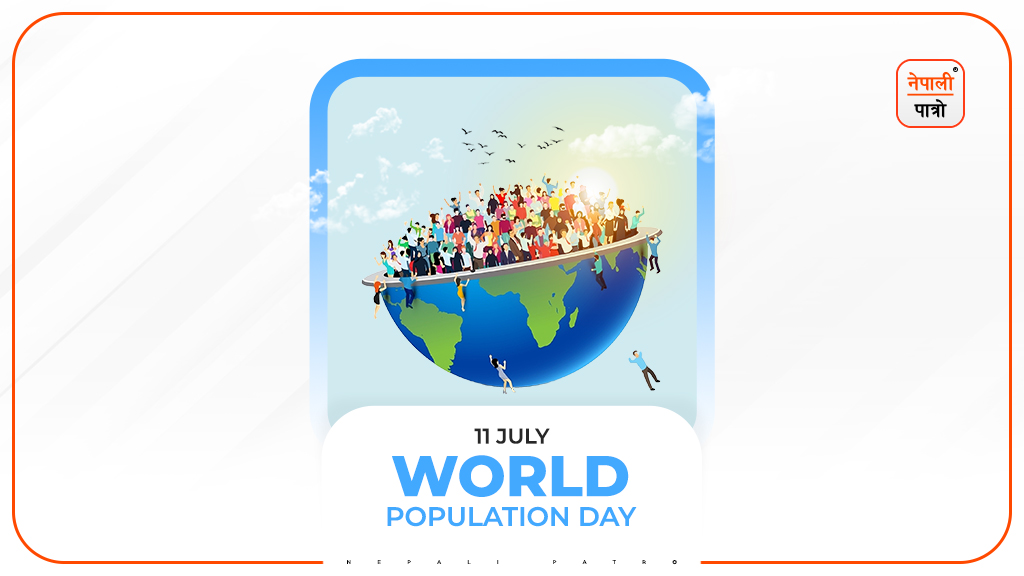
World Population Day
World Population Day. World Population Day is celebrated on the 11th of July every year. This day is celebrated all over the world, with the aim of creating, awareness about population issues. In 1989, the United Nations Development Program (UNDP) started celebrating World Population Day. World Population Day was inspired, and established when the world’s population reached 5 billion. Also known as “Five Billion Day”, that day fell on the 11th of July, 1987. The world’s population has already reached 7 billion by 1st October 2011. According to the latest statistics, the world population is estimated to be 8.11 billion.
This day is celebrated by raising public awareness on issues of direct concern to the population such as the importance of family planning, poverty, gender equality, maternal health, and human rights. Generally, we tend to think that population growth does not affect any of us, but the reality is otherwise. More population requires more food and more energy. The production of food and energy in proportion to population growth becomes increasingly difficult, and this cycle continues. Population growth contributes greatly to climate change as more food and energy are needed to sustain the increasing population. This affects us all equally, no matter where we live on earth.
World Population Day is of great importance as it is celebrated by highlighting the growing problems of population and increasing public awareness about the negative effects it has on the environment. The main objective of this day is to increase public awareness about reproductive health in every individual, while it has also given high priority to the importance of family planning. The festival focuses specifically on the uneven distribution of the population over natural resources that currently exist in the world, its risks, and its consequences.
According to the statistics of the National Census of Nepal – 2078, the total population of the country has reached 20 million 91 lakh 92 thousand 480. Out of which the number of males is 1,42,53,551 (48.98 percent) and the number of females is 1,49,11,027 (51.02 percent). The average life expectancy of Nepalese is 70.5 years, in which the average life expectancy of women is 71.9 years and that of men is 69 years.
San Marino, including France and Greece (San Marino is a mountainous microstate surrounded by north-central Italy that is among the world’s oldest republics), has the highest life expectancy at 83 years.
The theme of the 2018 celebration of World Population Day was “Family Planning: A Human Right”. Each year the theme of this day is chosen differently. The theme of World Population Day 2020 was “How to protect the health and rights of women and girls”. Similarly, in 2021, “Impact of the COVID-19 Pandemic on Fertility” was placed. The 2023 World Population Day was celebrated with the theme “Unleashing the Power of Gender Equality”. Every second 4.3 people are born and 2 people die in the world.
World Population Day highlights how and what effects population growth has on our lives. On this Day, everyone should focus on the future and focus on measures and efforts to reduce population growth. As population growth affects our children, grandchildren, and great-grandchildren, the main need of this day is to focus all our attention on measures to reduce population growth.
Although this celebration is a new topic for us Nepalese, its objectives can be communicated to the masses by promoting it through various media available. Today, we can also celebrate this day by discussing it with friends and family. By making every person and society aware, we all can use our social media and other means to inform everyone about this day. Come, let us all pledge to move forward respecting the rights of all and reducing the pressure of population growth on this occasion. Click here for the Nepali Version of this article.